Introduction
In the vast realm of culinary arts, the versatility of ingredients often leads to endless possibilities in the kitchen. Among the myriad of spices and vegetables that enrich our palates, chili peppers stand out for their fiery heat and unique flavor. Whether used raw, cooked, dried, or pickled, chili peppers have found their way into countless dishes worldwide. But one question that might intrigue even the most seasoned chef or enthusiastic home cook is: can fresh chili peppers be steamed?
This inquiry touches upon not just the culinary technique but also the potential transformation of an ingredient’s taste, texture, and nutritional profile when subjected to heat in a closed, moist environment. To delve into this question comprehensively, we must first understand the nature of chili peppers, the effects of steaming on food, and the various culinary applications of steamed chili peppers.
Understanding Chili Peppers
Chili peppers belong to the genus Capsicum, a part of the nightshade family (Solanaceae). They are native to the Americas, with evidence suggesting their cultivation dating back thousands of years. The heat in chili peppers is attributed to capsaicinoids, particularly capsaicin, which gives them their characteristic pungency. The level of heat varies widely among different species and cultivars, ranging from mild bell peppers to the incredibly fiery habaneros and ghost peppers.
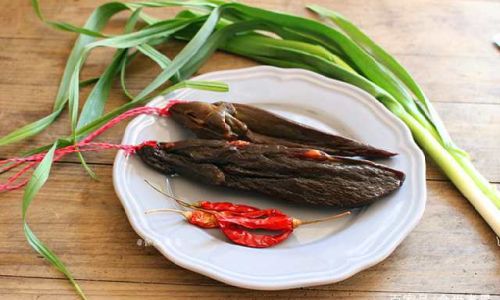
Fresh chili peppers are typically used in their raw state for dishes that require a fresh, crisp bite, such as salads, salsas, and guacamole. However, they can also be cooked in various ways, including roasting, frying, grilling, and, yes, steaming. Cooking chili peppers can alter their flavor profile, making them milder or more complex depending on the method and duration of cooking.
The Science Behind Steaming
Steaming is a cooking method that involves placing food in a steamer basket or tray above boiling water. The heat from the boiling water creates steam, which then cooks the food gently and uniformly. Steaming preserves more of the food’s nutrients, flavors, and colors compared to boiling, as the food does not come into direct contact with the boiling water.
When food is steamed, the high temperature of the steam causes the cells within the food to rupture, releasing juices and flavors. This process also softens the texture of the food, making it more tender and easier to digest. Steaming is particularly suited for vegetables, as it enhances their natural sweetness and brightness while retaining their vibrant colors.
Effects of Steaming on Chili Peppers
When fresh chili peppers are steamed, several changes occur that affect their taste, texture, and nutritional content:
-
Flavor Transformation: Steaming chili peppers can mellow out their heat slightly, as some of the capsaicinoids may leach into the steam or be degraded by the heat. However, the overall flavor profile of the peppers remains intact, with a subtle sweetness and brightness being accentuated.
-
Texture Modification: The texture of steamed chili peppers becomes softer and more tender. This change can be desirable in certain dishes, such as stir-fries or curries, where a softer vegetable is preferred.
-
Nutrient Retention: Steaming is a healthier cooking method compared to frying or boiling, as it retains more vitamins, minerals, and antioxidants. Chili peppers are particularly rich in vitamins A and C, as well as antioxidants like carotenoids and flavonoids, which are preserved when steamed.
-
Color Preservation: The vibrant colors of fresh chili peppers are often better preserved when steamed, as opposed to boiling, which can cause the vegetables to lose their bright hues.
Culinary Applications of Steamed Chili Peppers
The versatility of chili peppers extends to their use in steamed dishes, where they can add a burst of flavor and color to a wide range of culinary creations. Here are some innovative ways to incorporate steamed chili peppers into your meals:
-
Steamed Chili Pepper Salads: For a refreshing and healthy salad, combine steamed chili peppers with fresh vegetables like cucumbers, tomatoes, and bell peppers. Dress with a light vinaigrette made from olive oil, lemon juice, and herbs like cilantro or parsley. The soft texture of the steamed peppers contrasts beautifully with the crunch of the raw vegetables.

-
Steamed Chili Pepper Stir-Fries: Use steamed chili peppers as a base for a stir-fry. Add them to a wok or skillet with garlic, ginger, and other vegetables like broccoli, snap peas, and carrots. Toss with a sauce made from soy sauce, sesame oil, and a touch of honey for sweetness. The soft peppers will absorb the flavors of the sauce and add depth to the dish.
-
Steamed Chili Pepper and Tofu Wraps: For a vegetarian meal, steam chili peppers along with tofu. Once cooked, blend the tofu with a bit of soy sauce, garlic, and ginger to create a flavorful filling. Wrap the mixture in rice paper or lettuce leaves along with shredded carrots, cucumbers, and cilantro. Serve with a dipping sauce made from peanut butter, soy sauce, lime juice, and garlic.
-
Steamed Chili Pepper and Potato Curry: Create a hearty curry by steaming chili peppers and potatoes together. Once cooked, sauté onions, garlic, and ginger in a pan until fragrant. Add curry powder and cook for another minute. Stir in coconut milk, diced tomatoes, and the steamed vegetables. Simmer until the sauce thickens and the flavors meld together. Serve over rice or with naan bread.
-
Steamed Chili Pepper and Avocado Dip: For a creamy and spicy dip, combine steamed chili peppers with ripe avocado, garlic, lime juice, and a splash of milk or yogurt. Blend until smooth and season with salt and pepper to taste. Serve with tortilla chips, pita bread, or fresh vegetables.
-
Steamed Chili Pepper Soup: Make a comforting soup by steaming chili peppers and blending them with cooked vegetables, broth, and a touch of cream or coconut milk. Add herbs like thyme or basil for extra flavor. This soup is perfect for a chilly day and can be adjusted in heat level depending on the type of chili peppers used.
-
Steamed Chili Pepper and Rice Noodles: For a simple and satisfying meal, steam chili peppers and mix them with cooked rice noodles. Toss with a sauce made from soy sauce, rice vinegar, sesame oil, and chili garlic sauce. Garnish with chopped peanuts, green onions, and cilantro.
-
Steamed Chili Pepper and Quinoa Salad: Combine steamed chili peppers with cooked quinoa, cherry tomatoes, cucumber, and red onion. Dress with a lemon vinaigrette and top with feta cheese or a sprinkle of nutritional yeast for a vegan option. This salad is packed with protein, fiber, and antioxidants.
Conclusion
In conclusion, fresh chili peppers can indeed be steamed, and the results can be both delicious and nutritious. Steaming chili peppers transforms their texture, mellows out their heat slightly, and retains their vibrant colors and essential nutrients. With a wide range of culinary applications, from salads and stir-fries to soups and wraps, steamed chili peppers offer a versatile and healthy addition to any meal.
Whether you’re looking to create a vibrant salad, a hearty curry, or a creamy dip, steaming chili peppers can unlock new flavors and textures that enhance the overall eating experience. So, the next time you’re in the kitchen, don’t hesitate to give steamed chili peppers a try. You might be surprised by how well they complement your favorite dishes and inspire new culinary creations.
Remember, the key to successful steaming is to monitor the cooking time closely, as overcooking can result in a mushy texture. Experiment with different types of chili peppers to find the perfect balance of heat and flavor for your palate. And don’t forget to enjoy the process of cooking and exploring the endless possibilities that fresh chili peppers can bring to your kitchen.
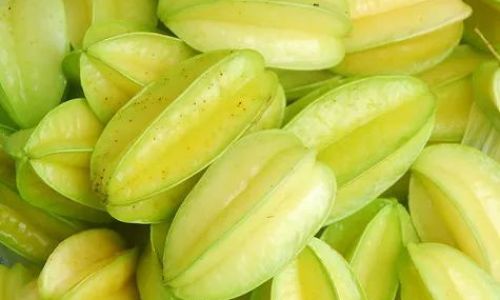
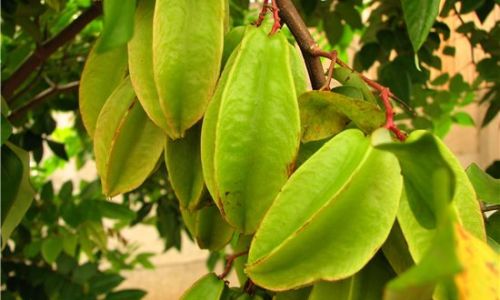
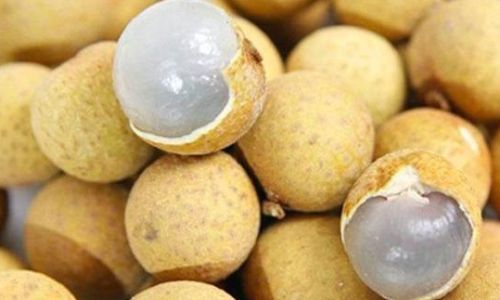
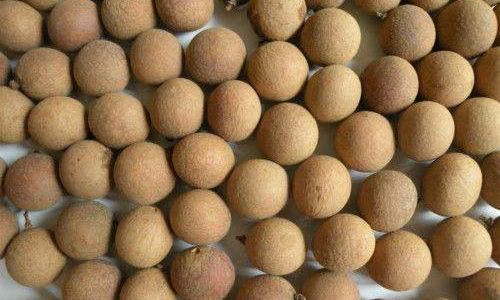
0 comments